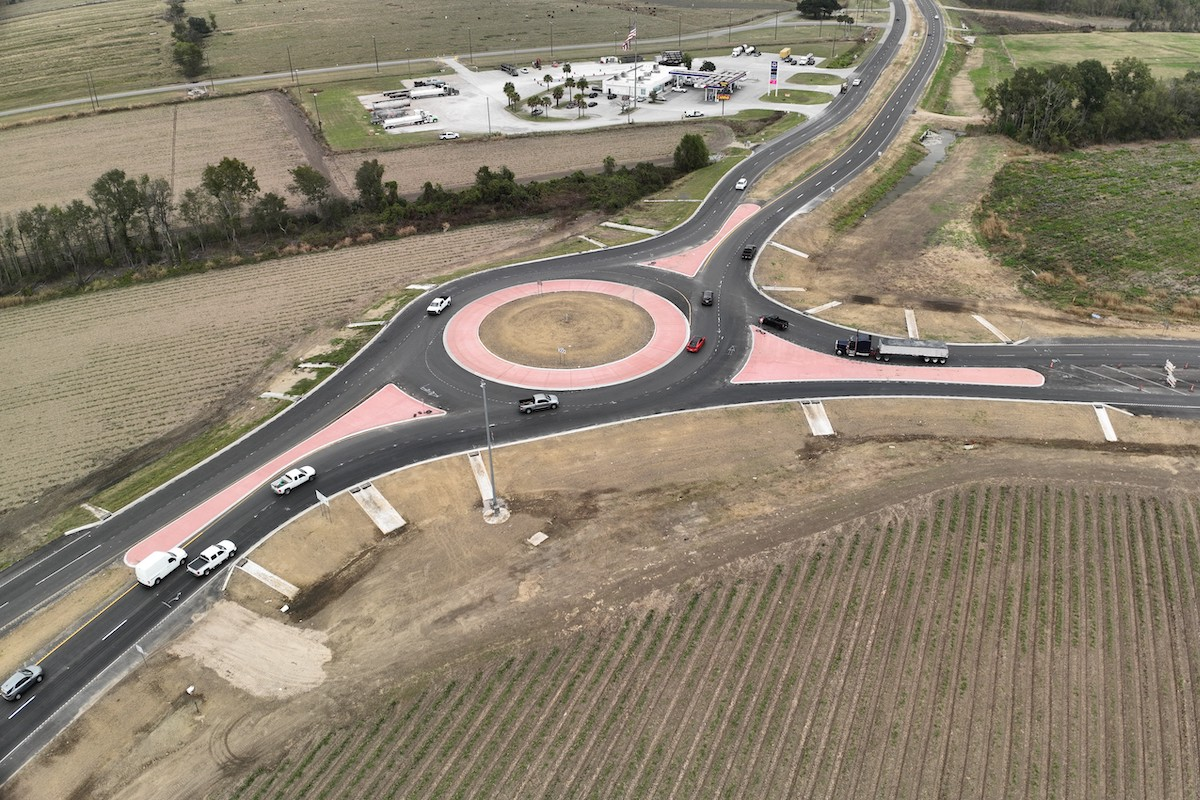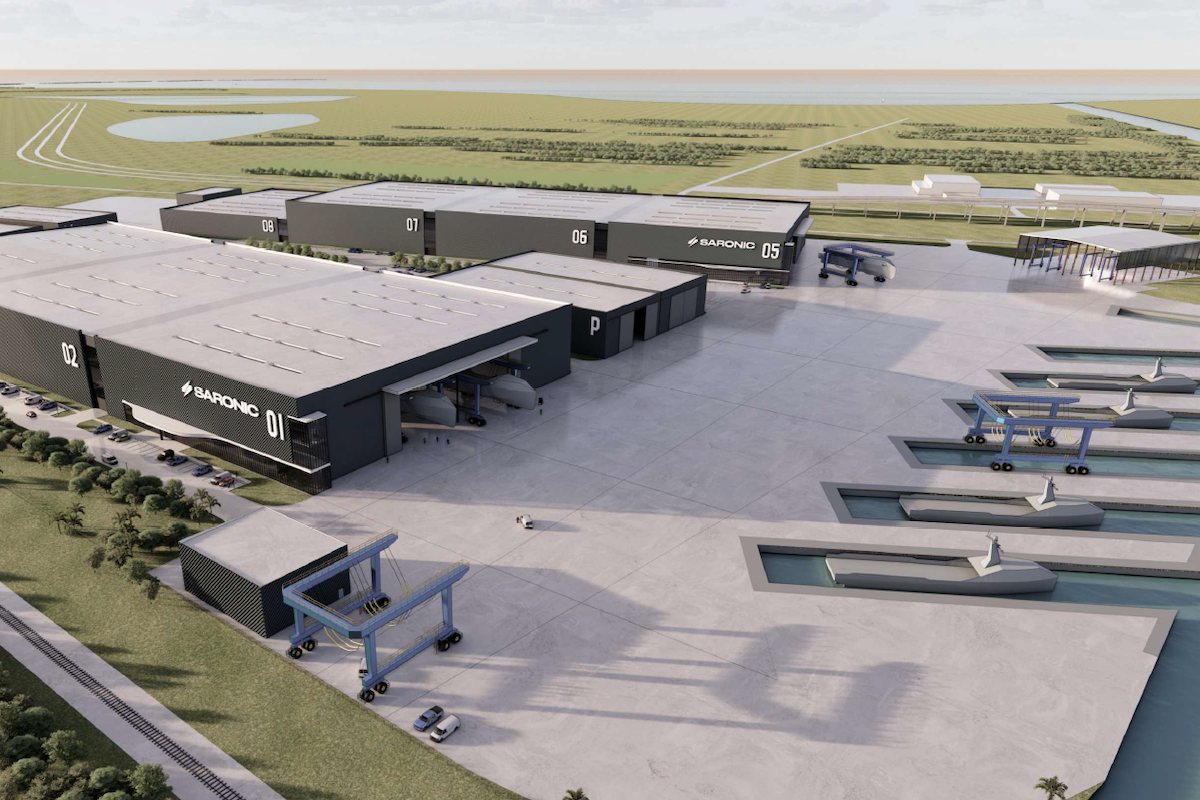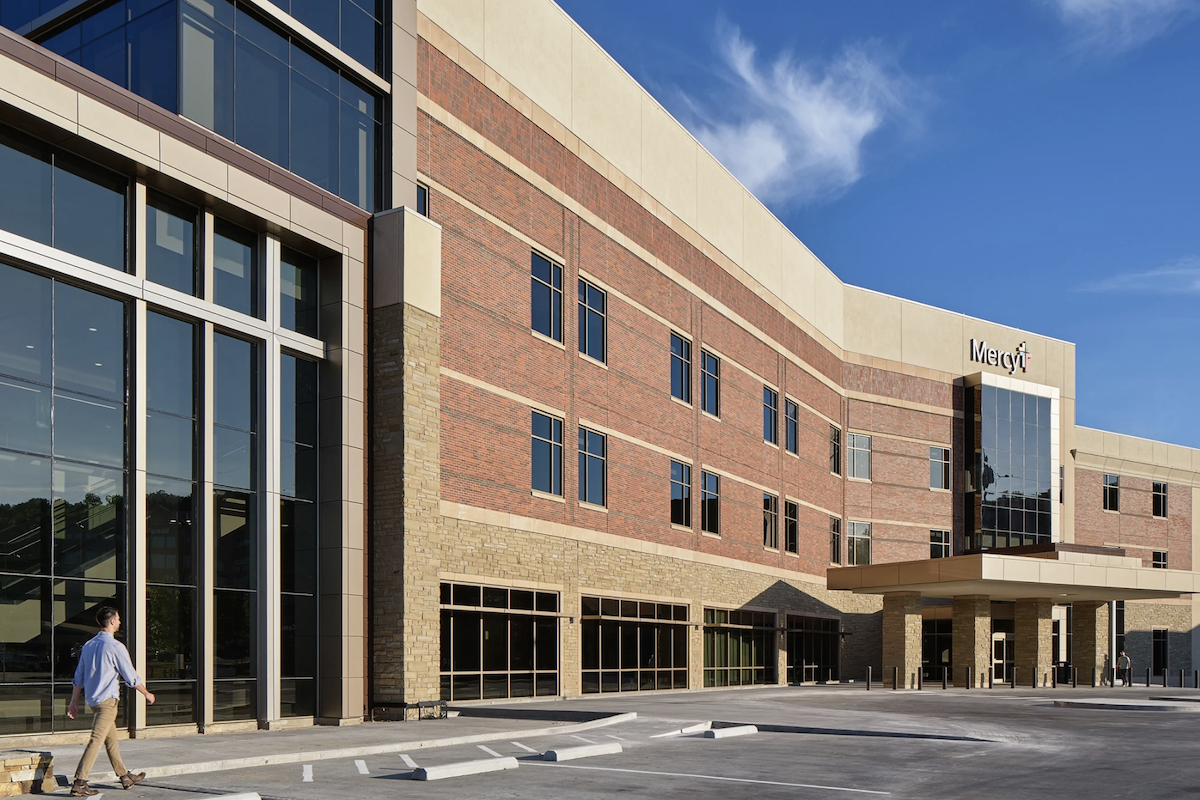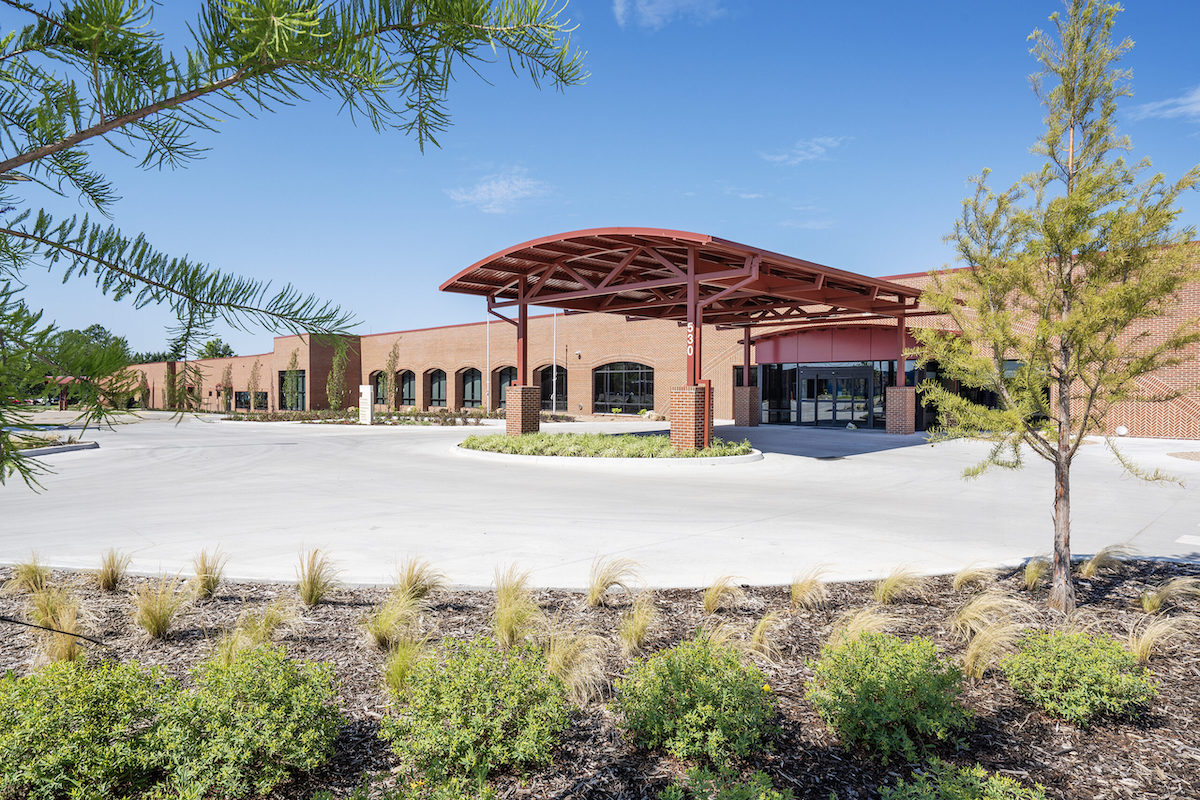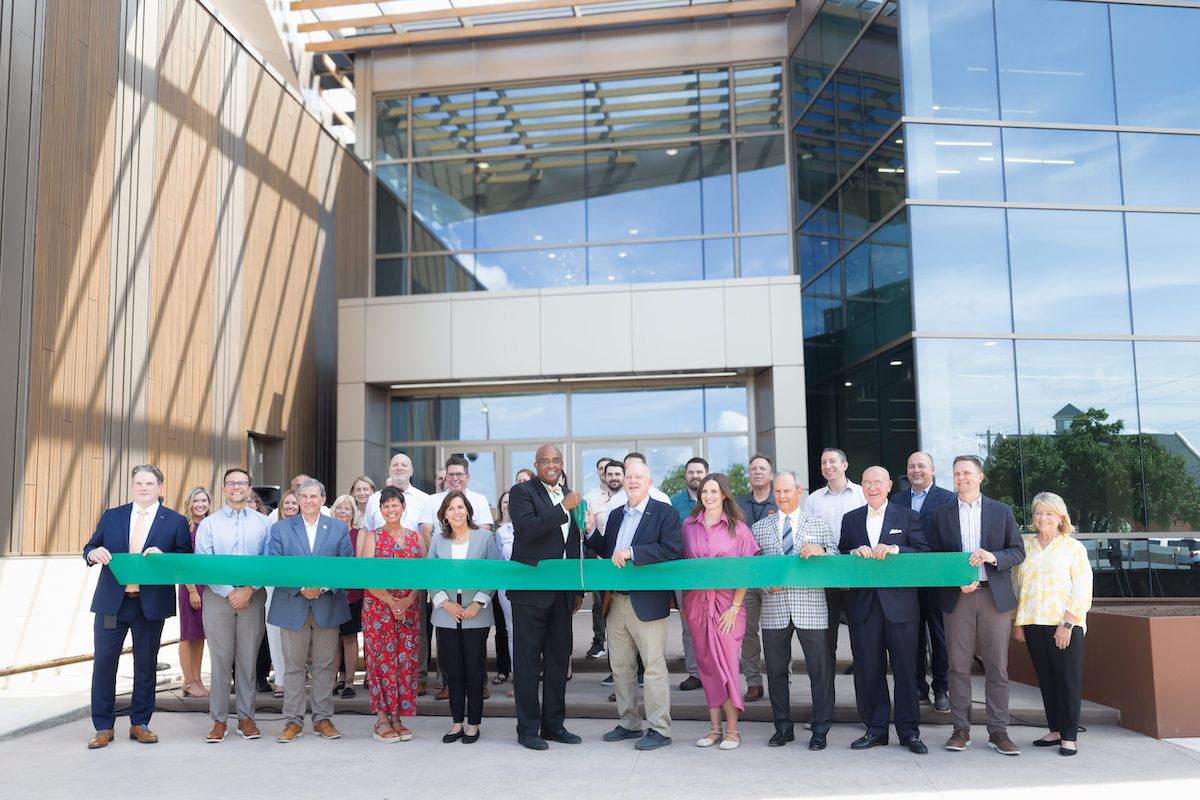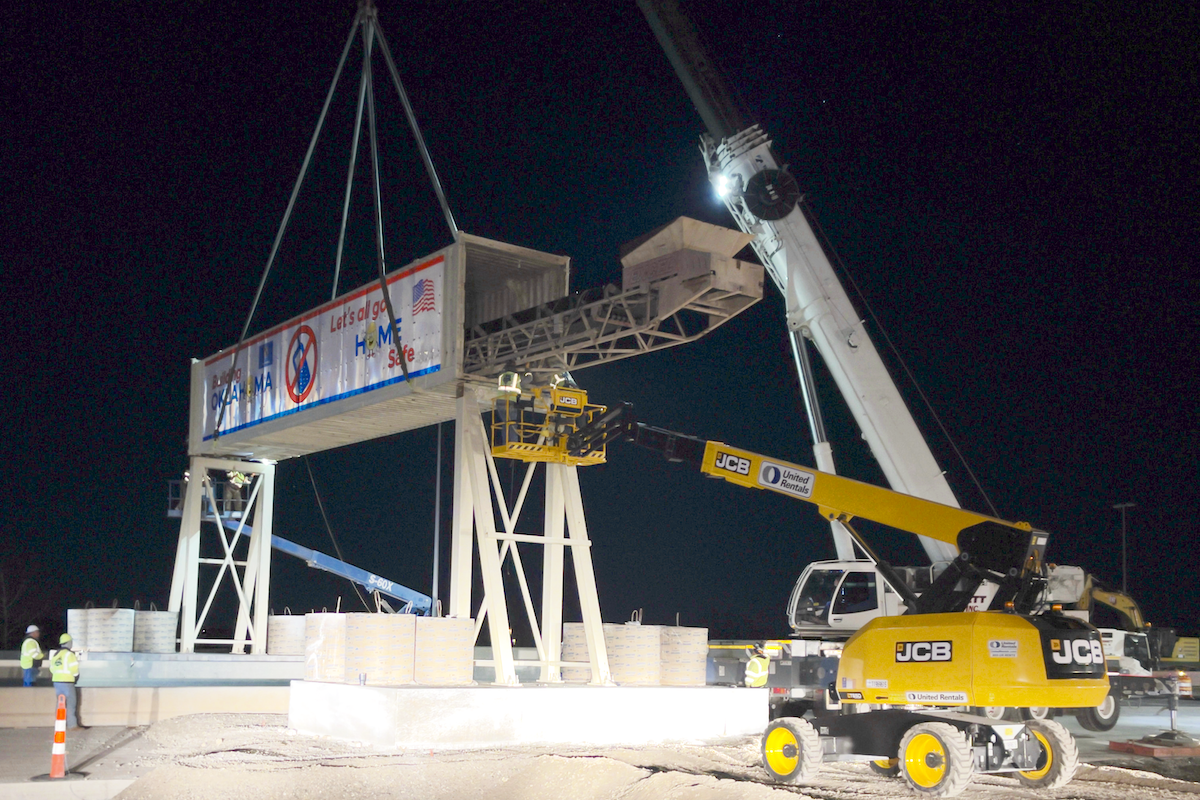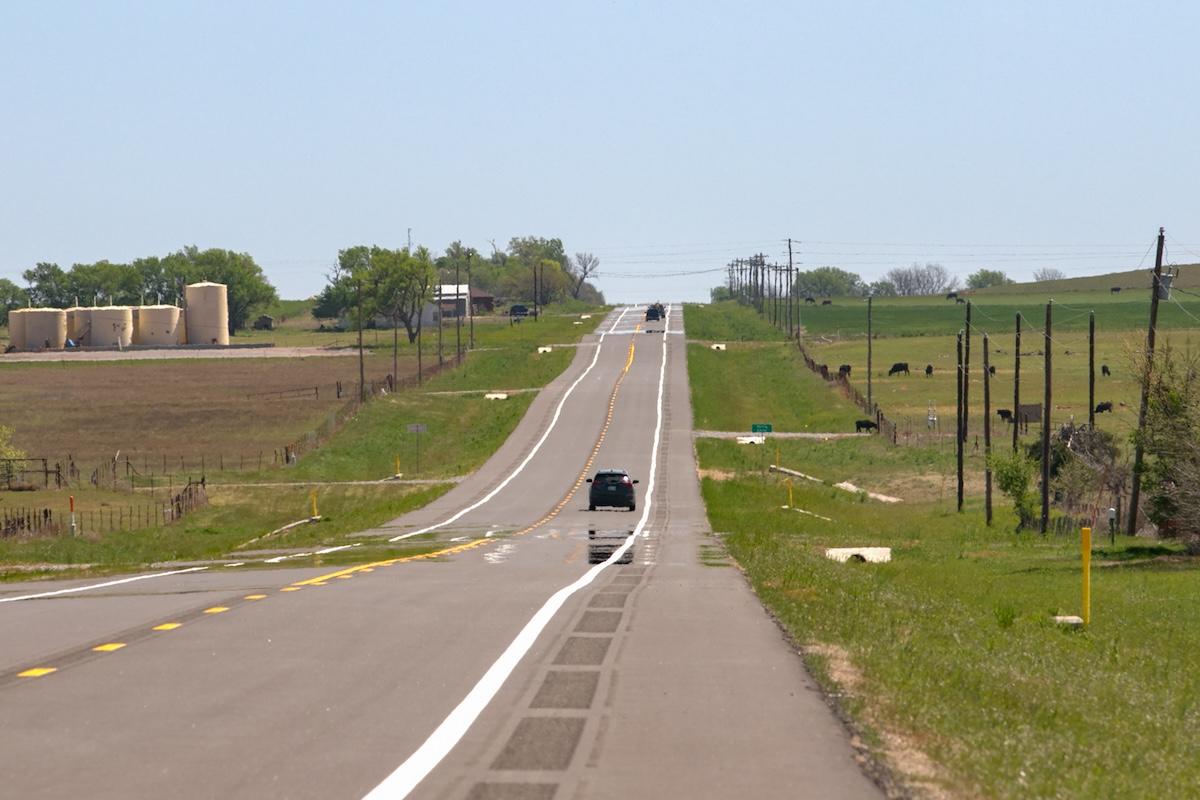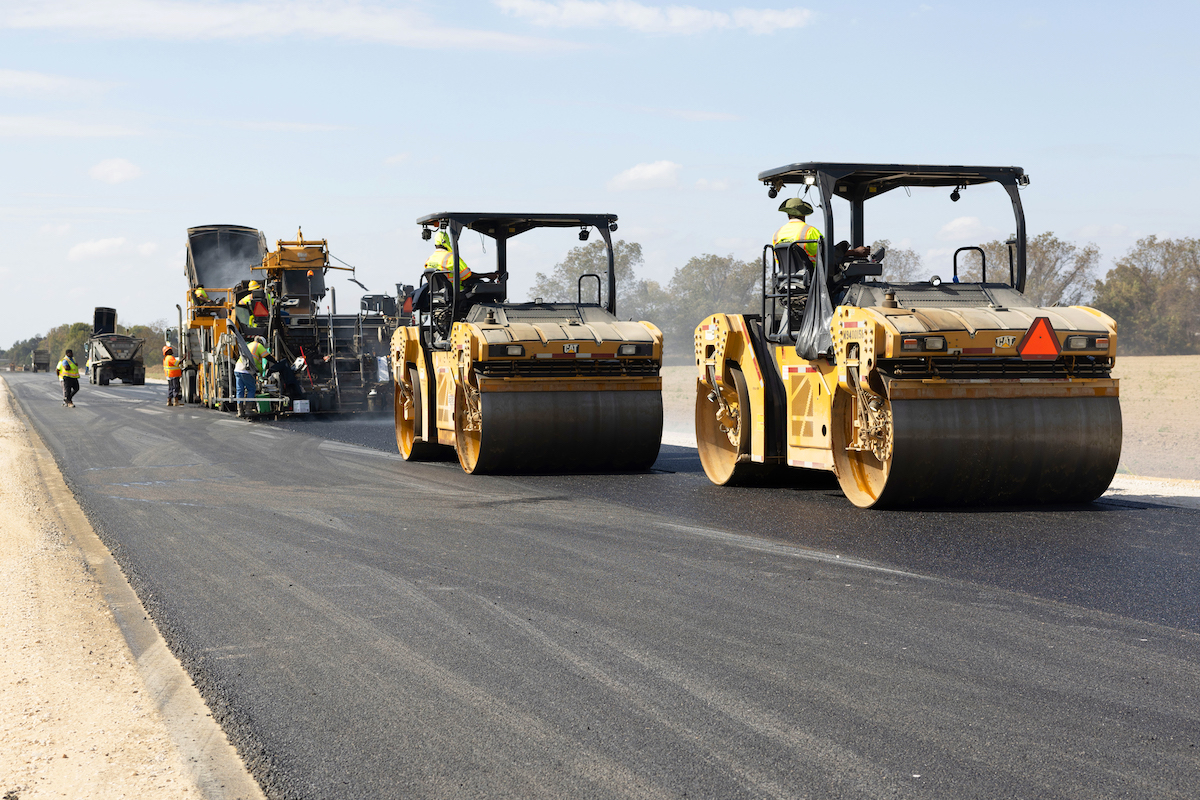No matter the size or scope, geothermal energy systems convert heat within the Earth into energy that can be used by earth’s residents. Whether it involves the year-round temperatures of dirt and rocks below the frost line, or the intense energy produced by the planet’s fiery core, geothermal energy transforms those temperatures into useful and predictable levels.
During the winter months, geothermal heat pumps use the warmer temperatures underground to heat indoor air to comfortable levels. During warm weather, they exchange the hot and humid indoor air for the much-cooler temperatures underground.
Geothermal heat pumps are particularly helpful in rural areas that lack access to supplies of natural gas. Buildings in those areas are typically heated with electricity or propane gas, both of which can become costly. In addition, land tends to be more affordable, so buildings are spread out and it’s easy to install underground loops.
These power plants gain access to this Earth-generated steam in one of two ways. Some are designed to tap into naturally occurring features such as geysers, capturing the steam that would normally be vented into the atmosphere. Others involve drilling holes into underground rock that spans over sources of steam and piping that to the power plant.

| Your local Gomaco dealer |
|---|
| Clark Machinery |
Trenching and Excavating Hazards
Typically, geothermal projects involve trenching or excavating, so fall protection must be considered. OSHA rules regarding open trenches must be followed, and workers who are exposed to potential fall distances of at least 6 feet need to be protected. Safety planning for trenching and excavating must consider the possibility of unstable soils and collapses, both of which may require reinforcement. In addition, when tapping into deep sources for underground steam, there is also the possibility of encountering caves or other underground cavities.
Chemical Hazards
Workers may be exposed to naturally occurring chemicals such as hydrogen sulfide and other chemicals such as ammonia and glycols. If work requires drilling through or cutting concrete, there is the possibility that crystalline silica particles may become airborne. Safety planning should consider all possible chemical exposures, regardless of the source, and provide adequate ventilation and other protection.
Welding and Cutting Hazards

| Your local Wirtgen America dealer |
|---|
| Kirby-Smith Machinery |
Most geothermal systems use underground metal piping to transport steam or liquids, so workers must be familiar with proper safety practices associated with welding and cutting metal, including appropriate personal protective equipment (PPE).












